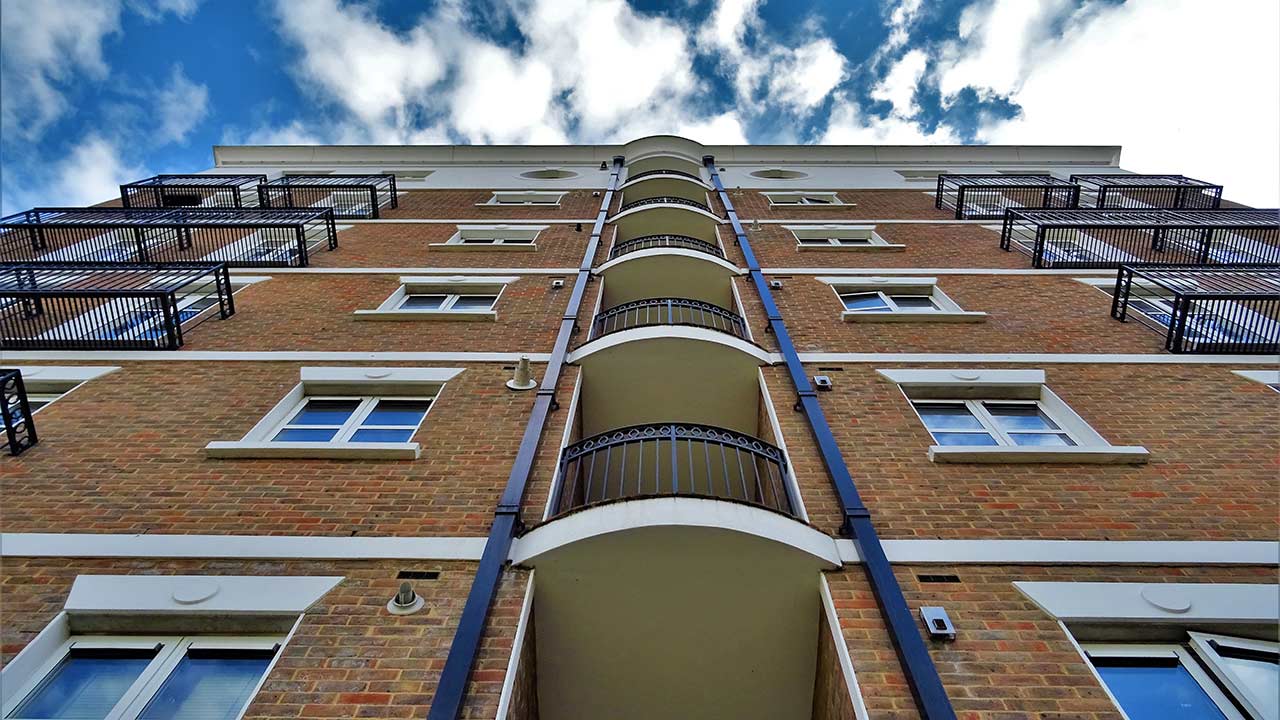Table of Contents
Entering the real estate market for the first time can be an exciting, yet daunting endeavour. Among the most critical elements to comprehend is the concept of property ownership types, particularly ‘leasehold’. This guide provides an introduction to leasehold properties and offers a comprehensive overview for new buyers.
Understanding Leasehold Properties
A leasehold property is one where the buyer owns the property and its interior for a set duration, but not the land on which it stands. The ‘lease’ is a legal agreement with the freeholder (or ‘landlord’), granting the leaseholder the right to occupy the property for a specific period.
Lease periods can vary dramatically – starting from 99 years, extending up to 999 years, or even less. However, as the lease term dwindles, the property’s value can depreciate, which is an essential factor for prospective buyers.
Ongoing Costs with Leasehold Properties
Being a leaseholder often involves paying regular charges to the freeholder. These can include:
- Ground Rent: An annual fee paid to the freeholder. Ground rent can be a fixed amount, but some leases include escalation clauses, leading to periodic increases.
- Service Charges: These charges cover the freeholder’s services, such as building insurance, maintenance of communal areas, and general repair works.
- Major Works Costs: If substantial repairs or renovations are necessary, these costs may be shared among the leaseholders.
The potential fluctuation of these charges is crucial to consider when contemplating a leasehold property.
Lease Length: A Key Consideration
The length of the lease is pivotal in determining a leasehold property’s value. Properties with shorter leases (typically under 80 years) can be less attractive to prospective buyers and mortgage lenders, leading to value depreciation.
While lease extension is possible, it can be expensive, particularly if the remaining lease term is short. Thus, understanding the lease length and the potential cost of an extension is vital when buying a leasehold property.
Understanding Lease Extensions
As a leaseholder in the UK, after two years of ownership, you typically have the legal right to extend your lease or even purchase the freehold. An extension often adds 90 years to a flat’s lease and 50 years for a house.
The process of extending a lease or purchasing the freehold (known as ‘enfranchisement’) can be complex and often requires professional assistance. These processes also involve additional costs, which should be factored into long-term financial planning when buying a leasehold property.
The Process of Lease Extension
Extending a lease involves a formal process, beginning with serving a notice on the freeholder of your intention to extend. This notice triggers a negotiation period, during which both parties agree on a price for the extension. If an agreement can’t be reached, the matter may be referred to a tribunal for resolution.
Purchasing the Freehold
Enfranchisement, or buying the freehold, allows leaseholders to become the outright owner of the property and the land. For leaseholders in a building with multiple flats, a collective enfranchisement process lets them join together to purchase the freehold.
However, enfranchisement is not always an option, as it can be contingent on several factors, such as the property’s type and the leaseholder’s eligibility. It can also be a costly and lengthy legal process, requiring professional legal advice.
Tips for First-Time Buyers
- Professional Advice: Engage with a solicitor who specialises in leasehold properties to ensure you understand your rights and obligations.
- Understand the Costs: Beyond the property’s purchase price, account for ground rent, service charges, and potential future costs like lease extensions or enfranchisement. You can use a lease extension calculator to get an idea of costs.
- Check the Lease: Ensure that you or your solicitor carefully examine the lease for terms, especially the remaining length, any restrictions, and provisions for cost increases.
- Research the Freeholder: Investigate the freeholder’s reputation for managing the property and handling service charges.
Conclusion
Although buying a leasehold property comes with unique considerations, it can be a perfect stepping stone for first-time buyers in the real estate market. With the correct advice, meticulous planning, and a comprehensive understanding of your lease, you can confidently navigate this process. Welcome to the thrilling world of real estate, and best of luck with your first property purchase!





